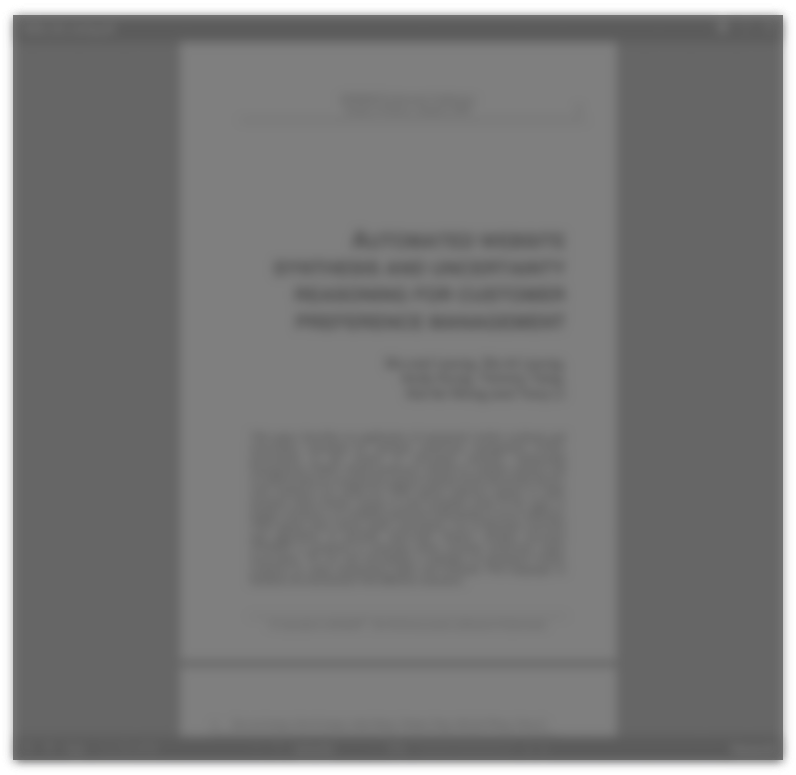Abstract:
Classic market research methods do not provide us with any basis for differentiation. In fact, they merely establish simple and rudimentary links between different socio-economic characteristics and buying behaviour, which amounts to slicing the individual up into pieces. Hence the need for a more integrated approach, which would enable us to divide the market into homogeneous groups of buyers. Market segmentation consists of just this. Briefly, segmenting the market means dividing the population into groups of consumers which are homogeneous both in their apparent characteristics and in their buying mentality. Methods of segmentation, generally, consist of using mathematical techniques to divide a sample into classes. This gives a concrete and living framework for the intuitive work of the advertising man, which consists of thinking in terms of the actual buyer and not in fragmentary terms like age, town size, or profession. No definitive and completely satisfactory solution seems to have been found for this problem. There have, however, been some attempted solutions and we shall go on to describe them here.
This could also be of interest:
Research Papers
 Problems in communicating the results of market segmentation studies
Problems in communicating the results of market segmentation studies
Catalogue: ESOMAR Congress 1968
Authors: Jacqueline Twigg, Alan Wolfe
Company: Ogilvy
 June 15, 1968
June 15, 1968
Research Papers
 Relevance of segmentation for market planning
Relevance of segmentation for market planning
Catalogue: Seminar 1972: Segmentation And Typology
Author: Jagdish N. Sheth
 June 15, 1972
June 15, 1972
Research Papers
 Market segmentation
Market segmentation
Catalogue: The European Marketing Research Review 1970
Author: Jacques Durand
 June 15, 1970
June 15, 1970






